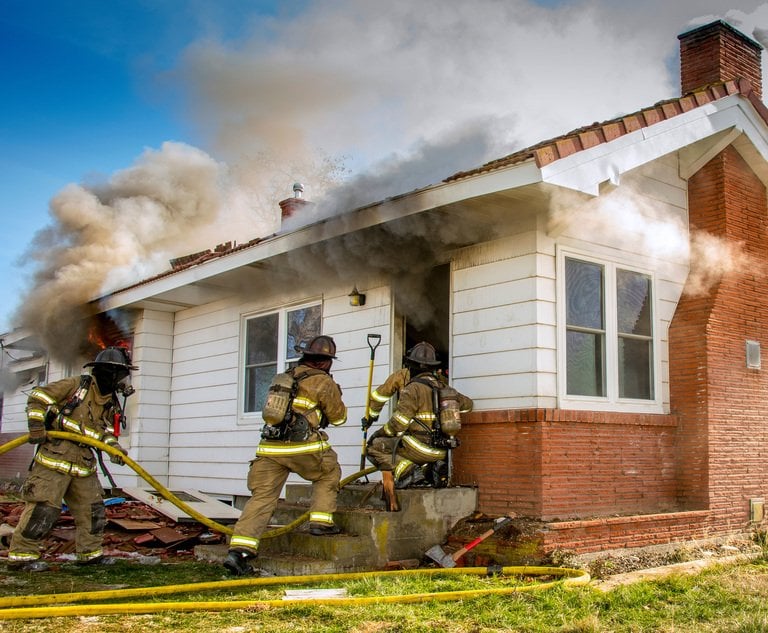On March 22, Allegheny County Common Pleas Court Judge Christine Ward ruled in Ungarean v. CNA, No. GD-20-006544, 2021 Pa. Dist. & Cnty. Dec. LEXIS 2 (Pa. Ct. Com. Pl., Allegheny Cnty., Mar. 22, 2021), that a dentist-policyholder is entitled to coverage for his business income losses arising from the COVID-19 pandemic. In doing so, Ward explained “that it is, at the very least, reasonable to interpret the phrase ‘direct physical loss of … property’ to encompass the loss of use of [a policyholder’s] property due to the spread of COVID-19.” The Ungarean ruling is the first substantive decision from a Pennsylvania state court judge on key issues in pandemic coverage disputes, including whether the threshold requirement of “direct physical loss of or damage to” property is met in such disputes. Ward’s interpretation comports with longstanding, historic usage of this phrase in the insurance industry and as interpreted by courts deciding property insurance disputes.
- Pennsylvania Law Requires Consideration of the Historic and Industry-Specific Meaning of Insurance Terms of Art.
Insurance companies have used the phrase “direct physical loss of or damage to” property in all-risk property insurance policies for nearly a century. This phrase is an example of an insurance term that has a unique and historic meaning to which courts should look so that such terms are interpreted and applied consistent with their heritage and development over time. Under Pennsylvania law, courts are directed to consider custom and usage of terms that are peculiar to a specific industry and that have obtained a specialized meaning in that field. In Sunbeam v. Liberty Mutual Insurance, the Pennsylvania Supreme Court explained that “custom in the industry or usage in the trade is always relevant and admissible in construing commercial contracts,” and “where terms are used in a contract which are known and understood by a particular class of persons in a certain special or peculiar sense, evidence to that effect is admissible for the purpose of applying the instrument to its proper subject matter.”


 L-R: John N. Ellison, Luke E. Debevec and Lin Zheng of Reed Smith. Courtesy Photos
L-R: John N. Ellison, Luke E. Debevec and Lin Zheng of Reed Smith. Courtesy Photos




